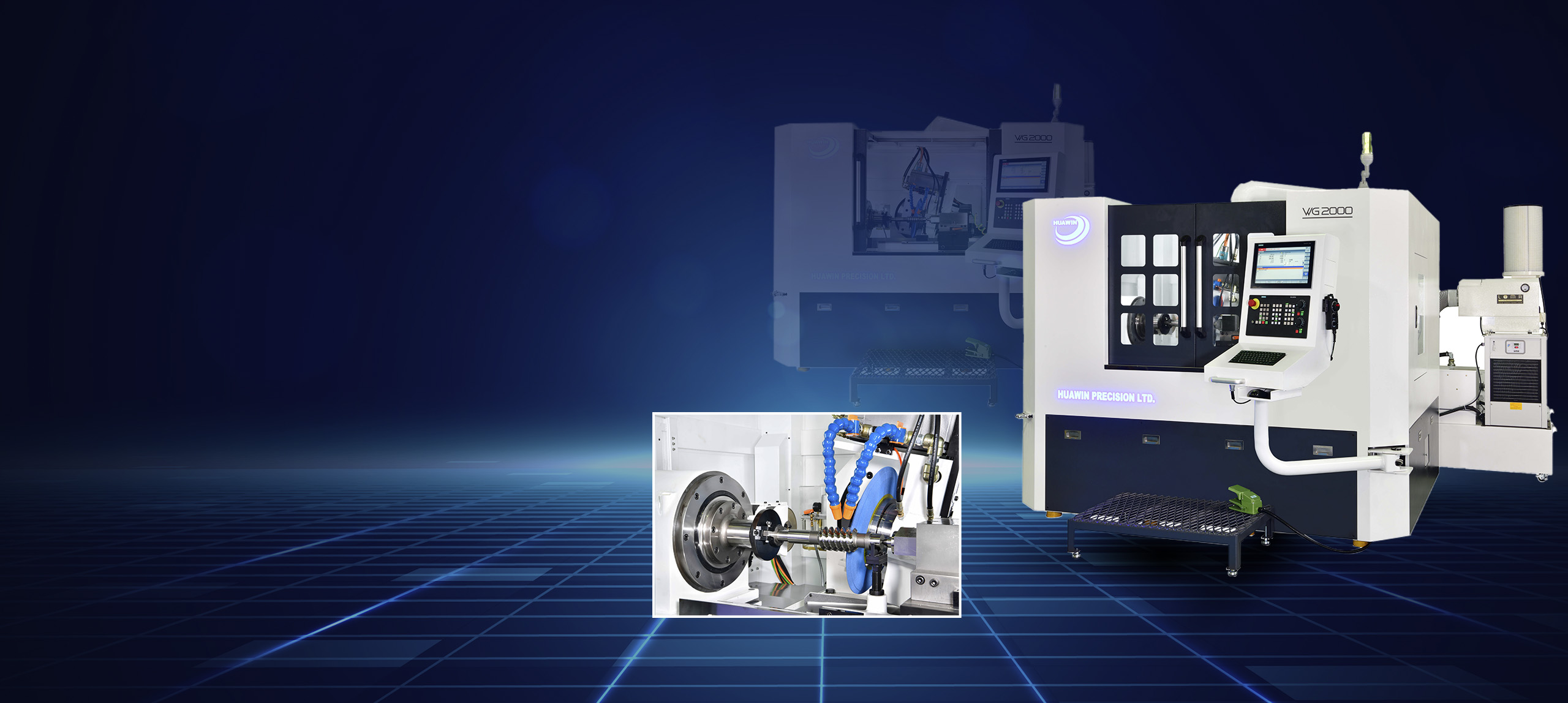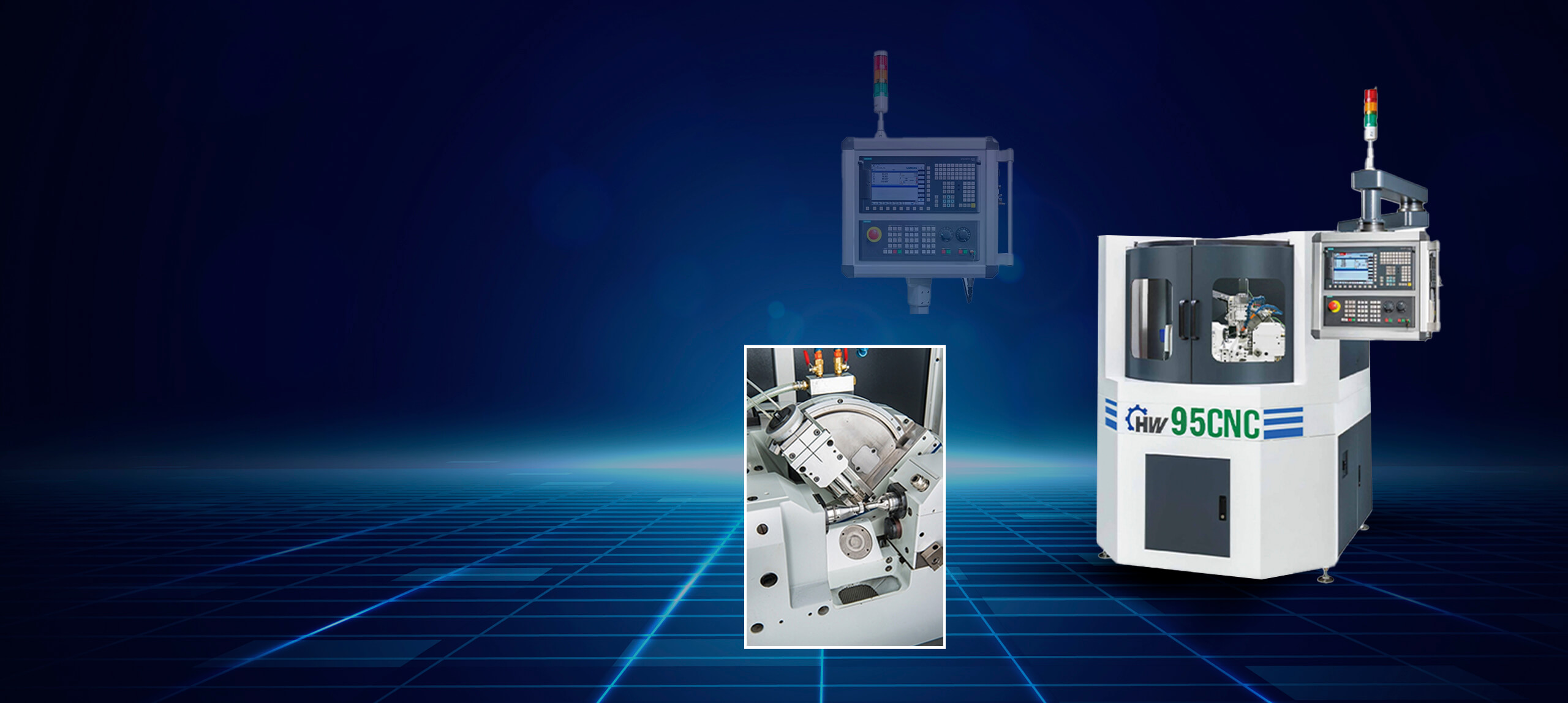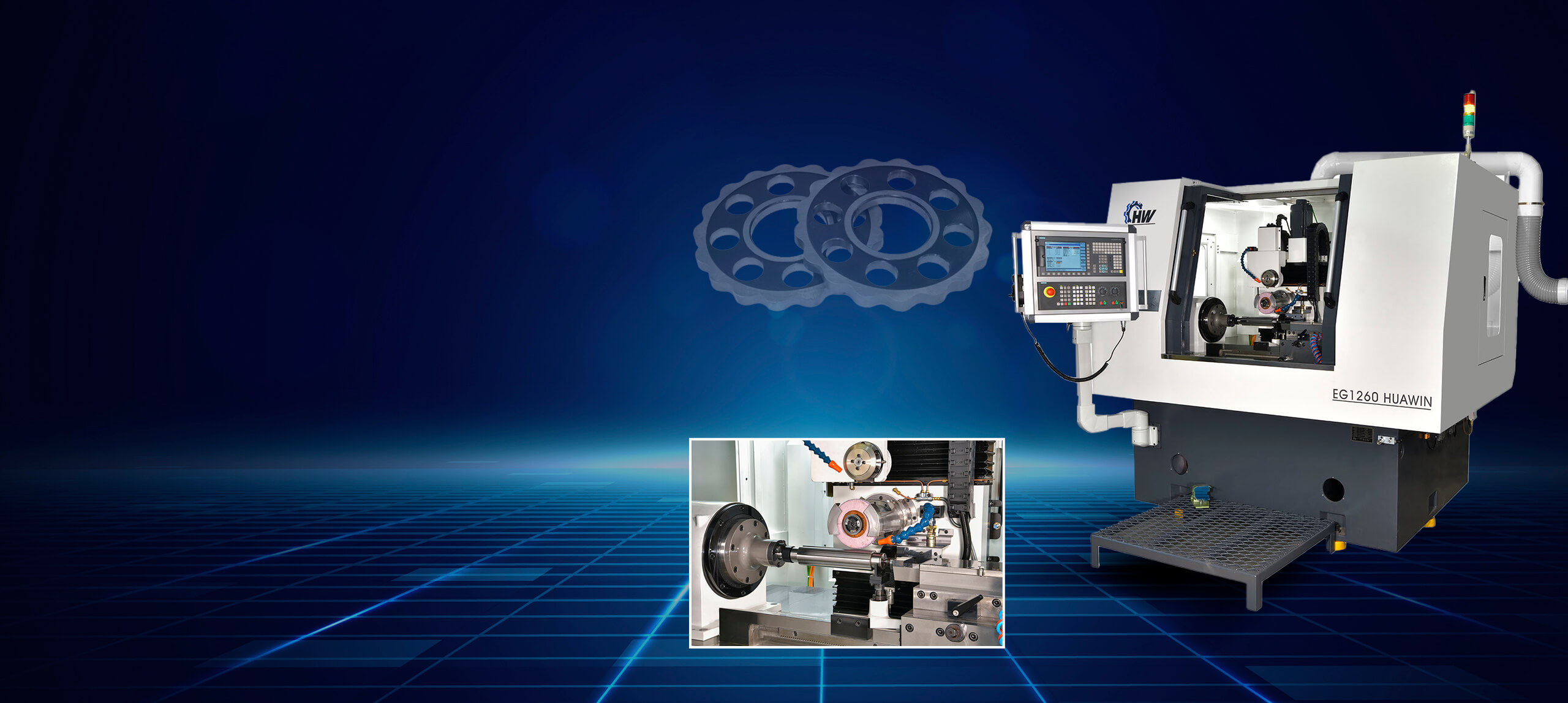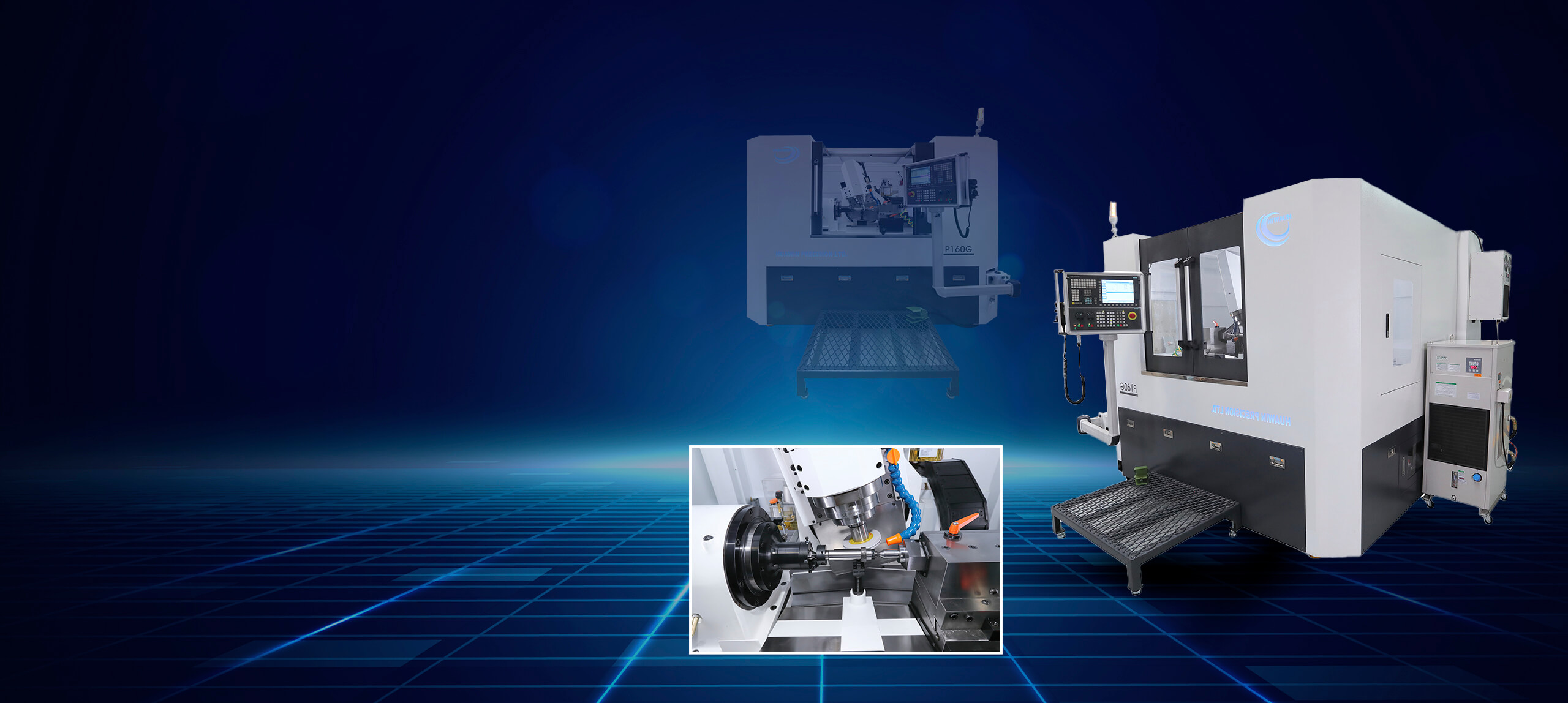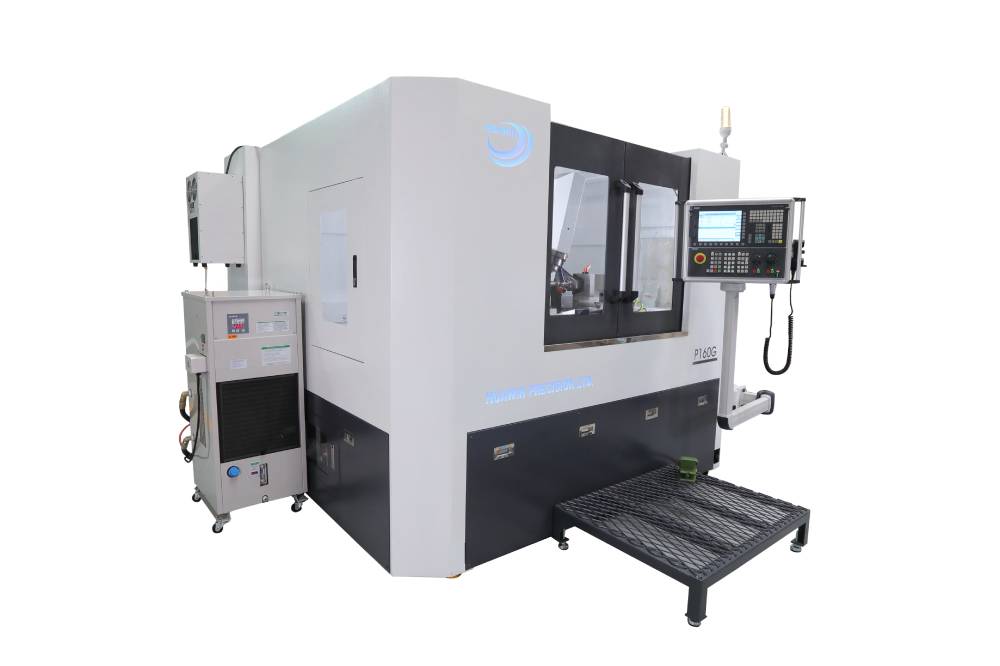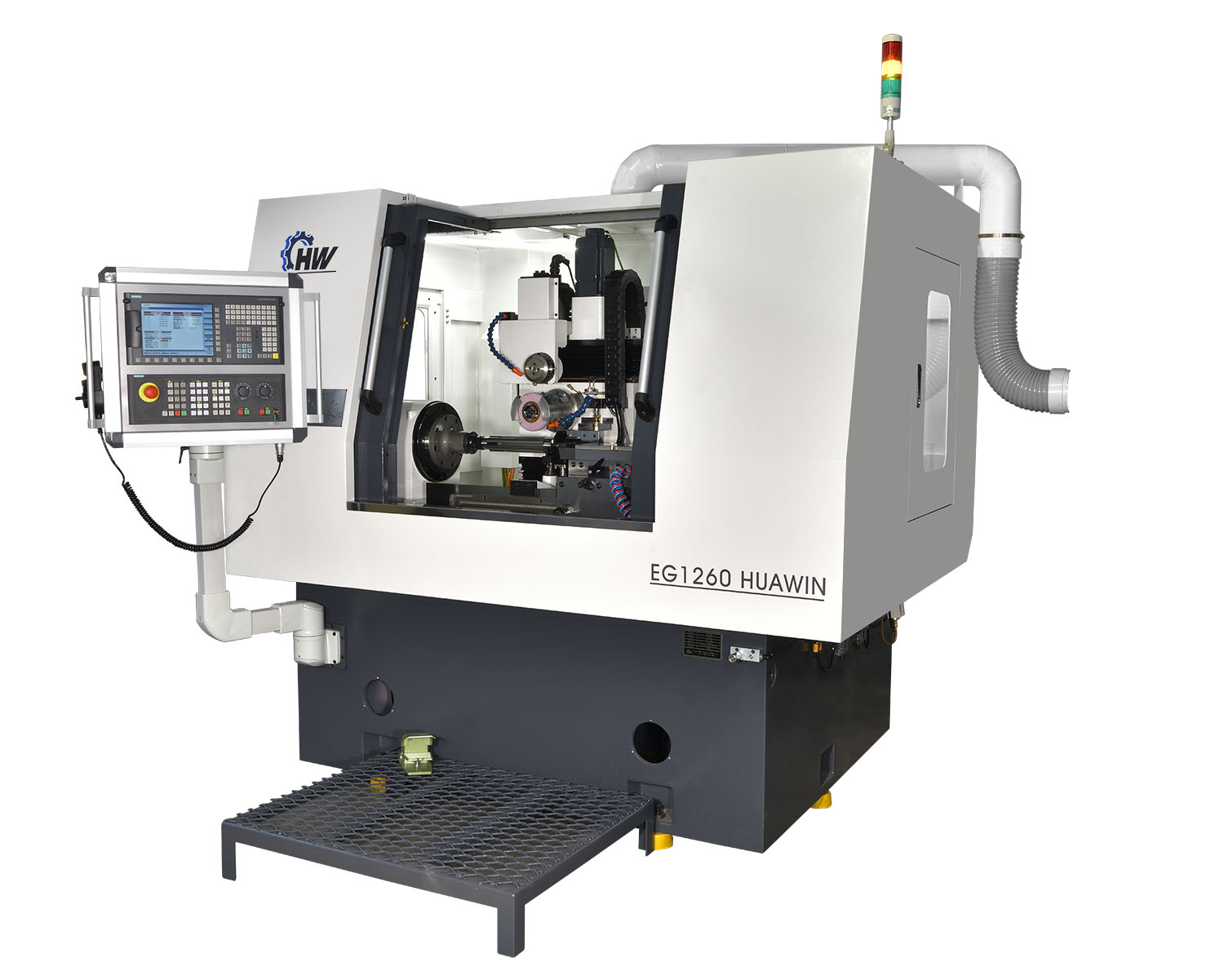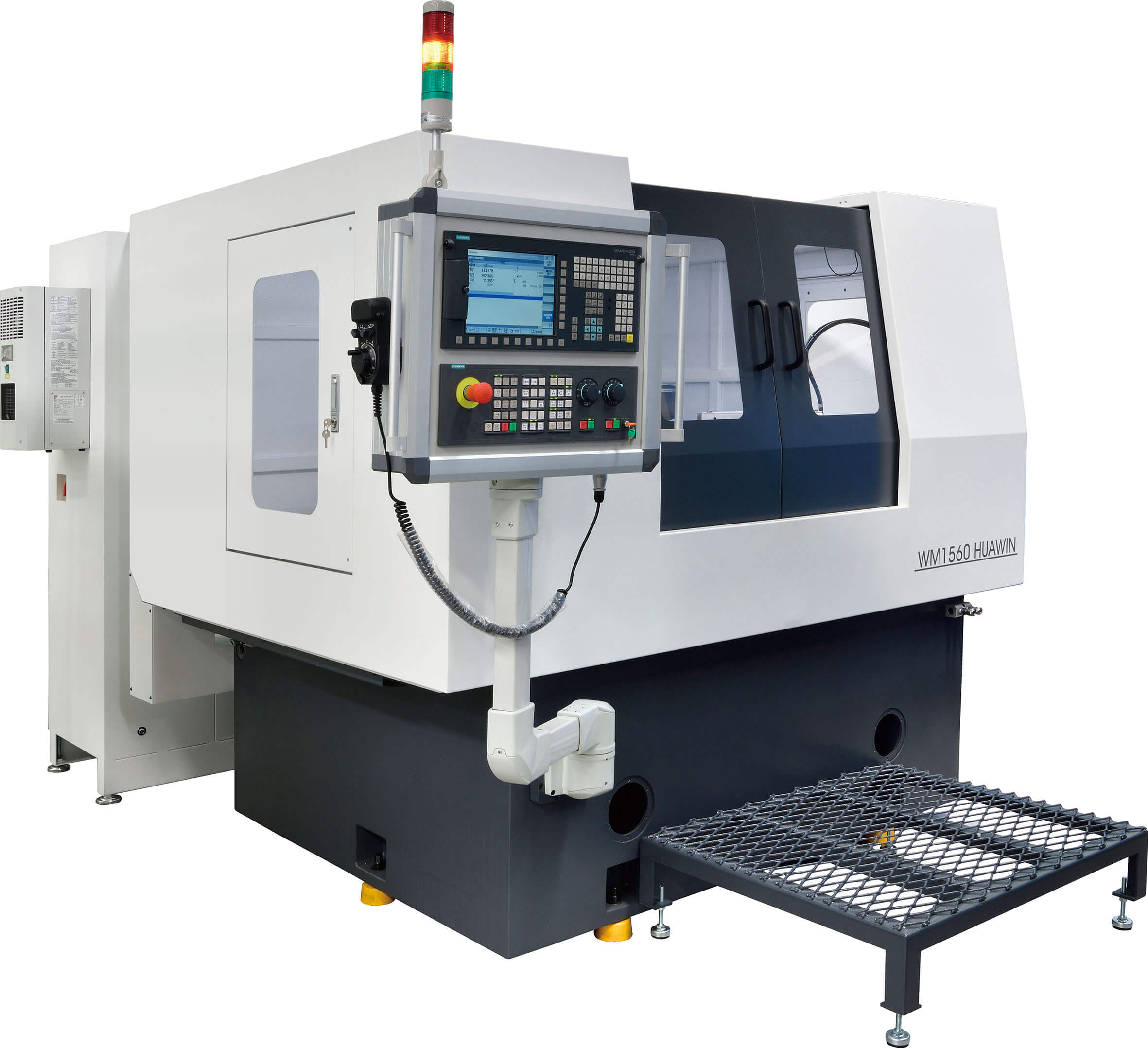Definition. Gear grinding is a hard finishing method for gears, using tools with a specific geometrical profile. It is divided into two main groups: generating grinding and profile grinding, relating to the manufacturing of the tooth flank.

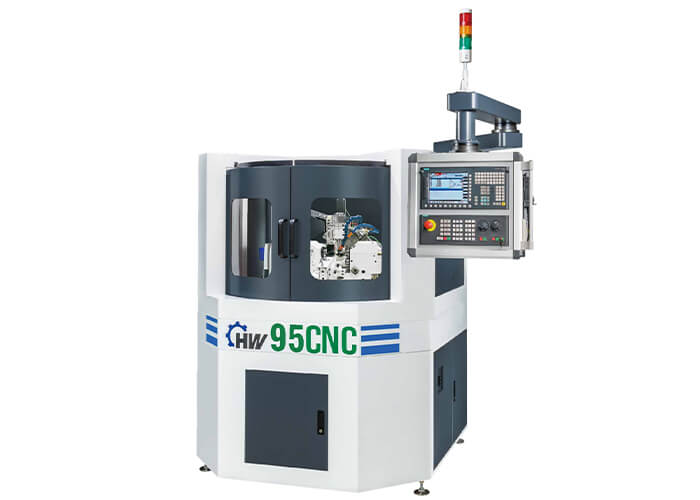
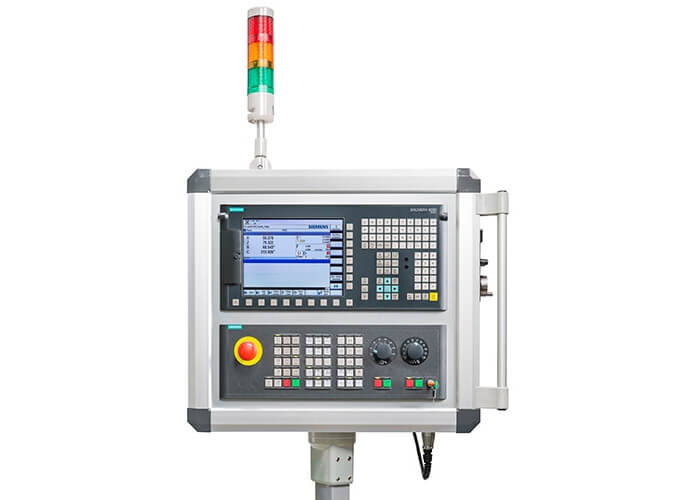


- Automatic Hobbing.
- Designed for producing small gears.
- Automatic Operation.
- High precision and productivity.
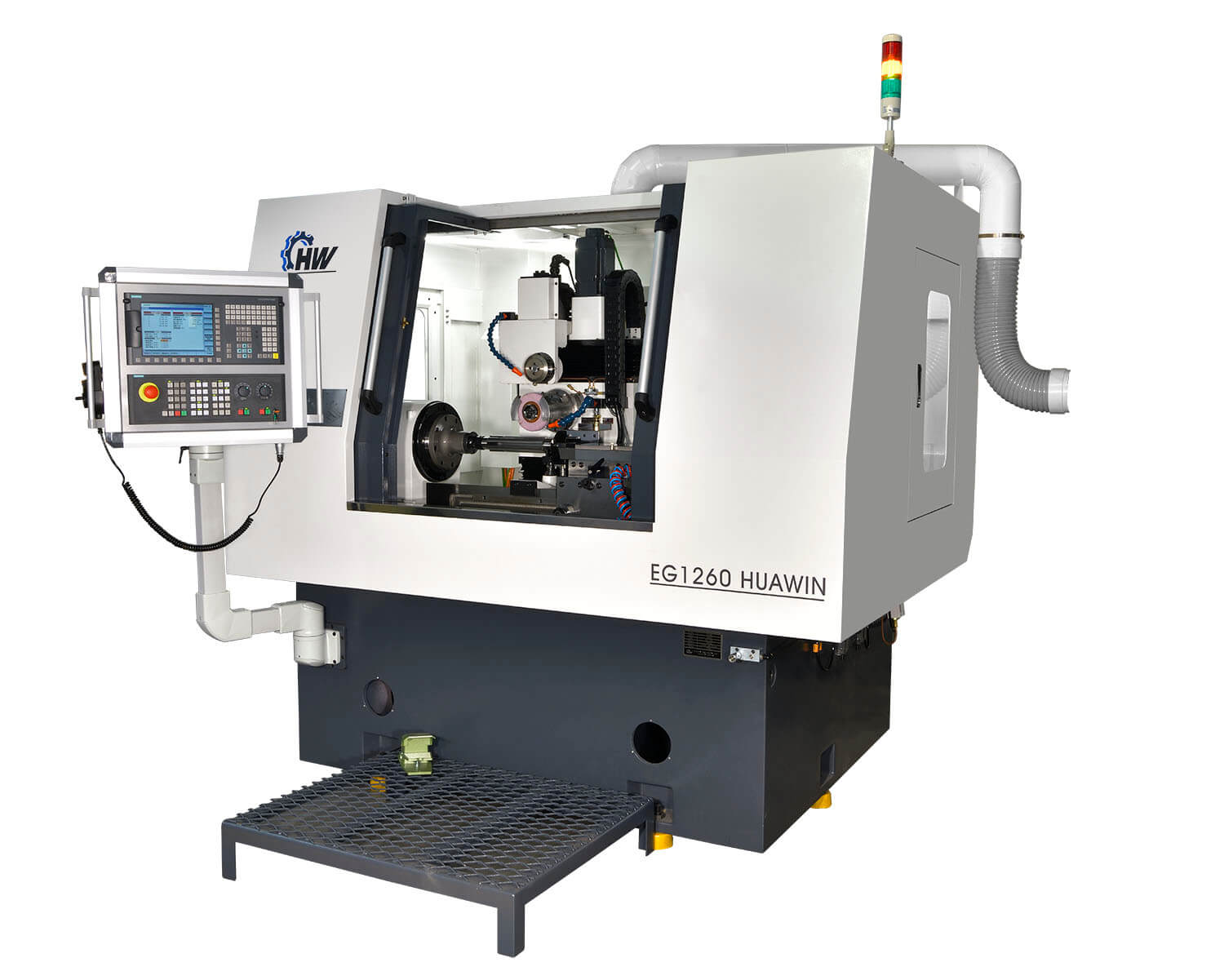


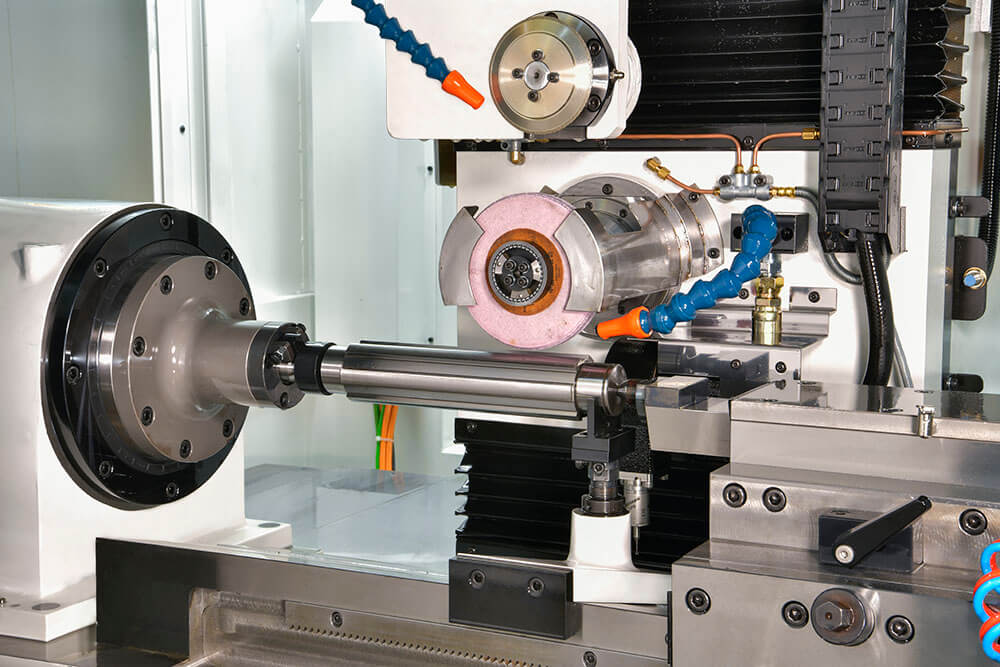
- Equipped with Interactive HMI for upgraded performance and user-friendly operations.
- Quick dressing process realized by moveable rotary dressing device.
- DD motor of C-axis with zero-backspace lash.
- High precision applied to detect workpiece automatically.


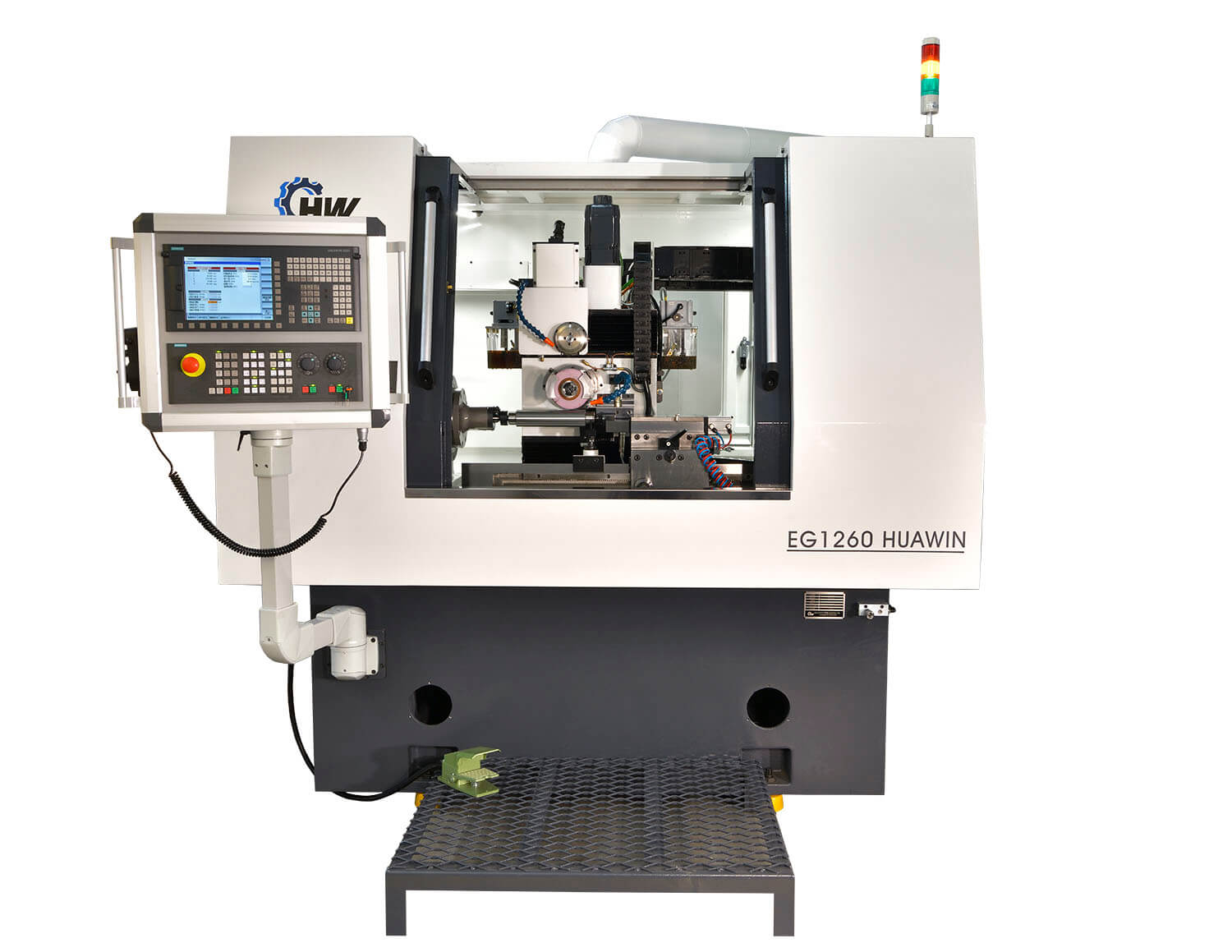


- Equipped with Interactive HMI for upgraded performance and user-friendly operations.
- Quick dressing process realized by moveable rotary dressing device.
- DD motor of C-axis with zero-backspace lash.
- High precision applied to detect workpiece automatically.
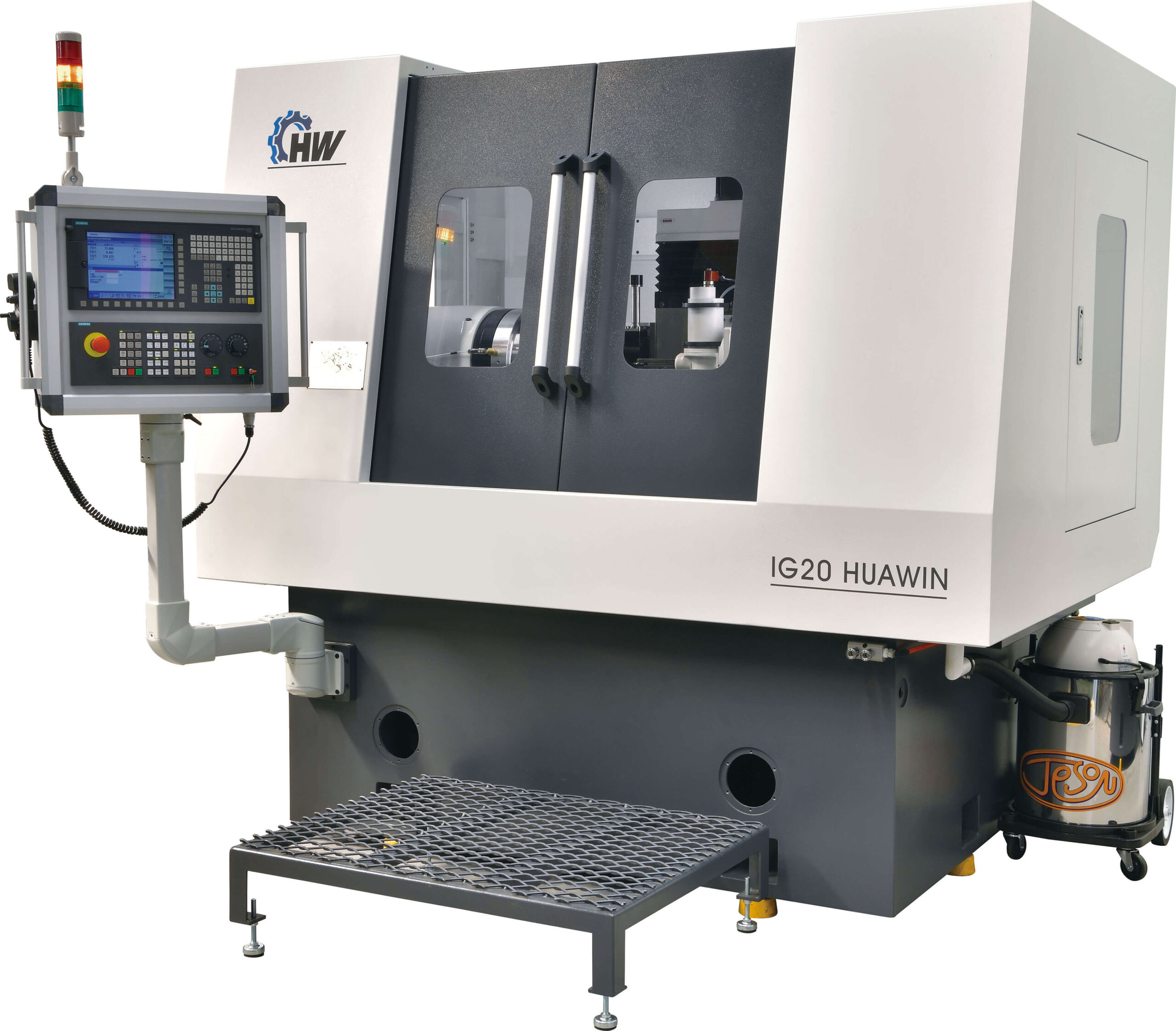
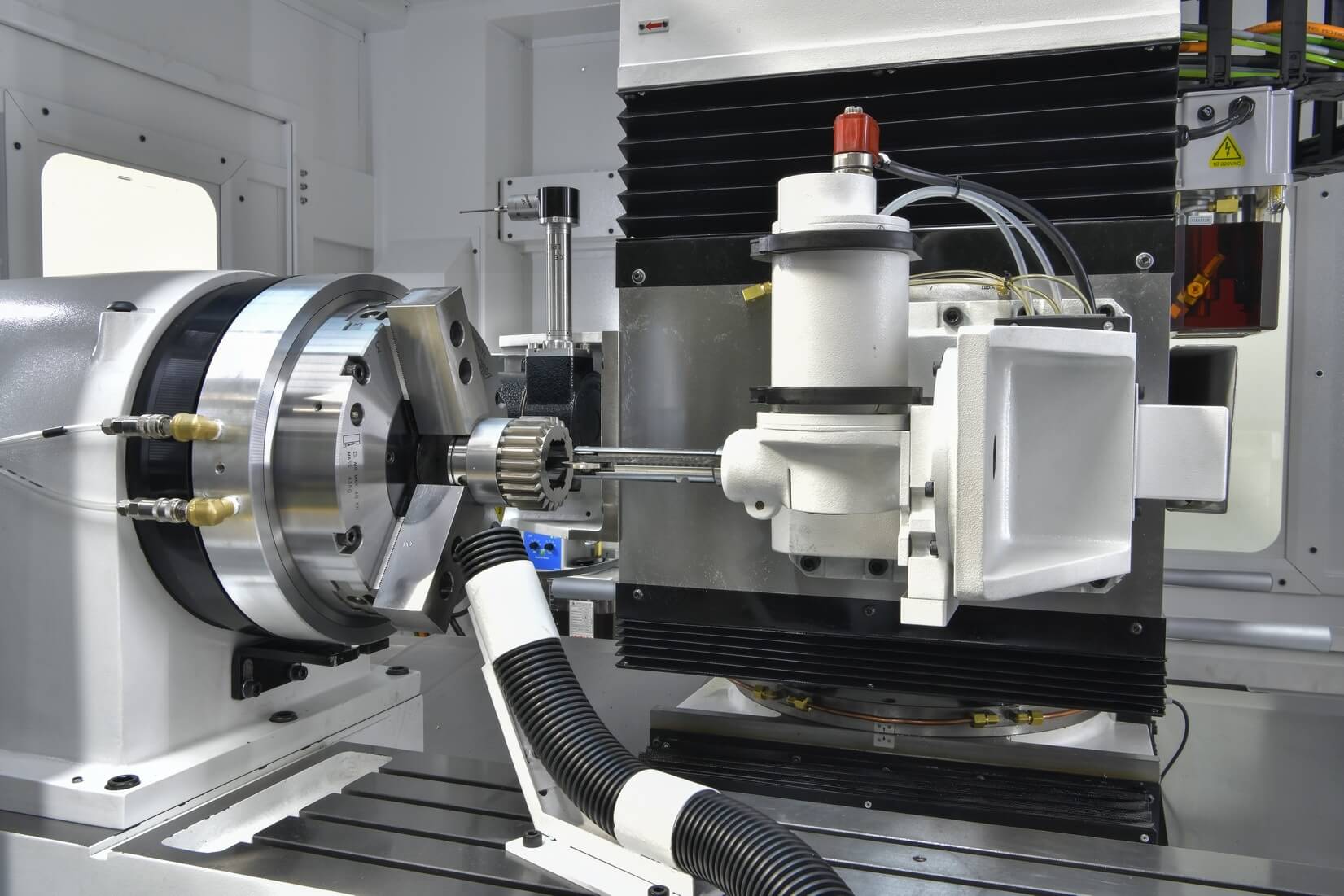
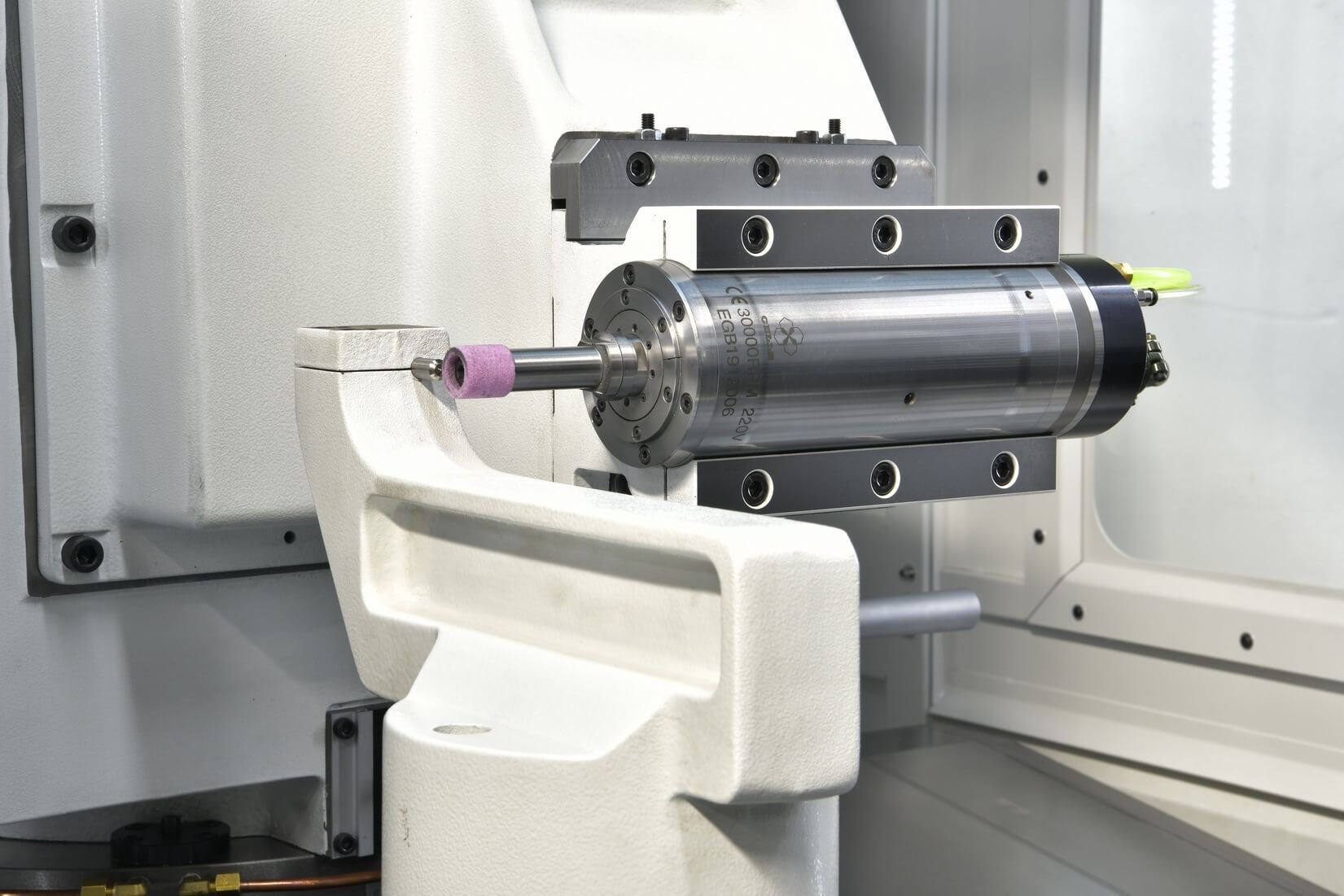
- CBN(Diamond) grinding wheel and High-accuracy spline.
- CBN grinding wheel with quick-change arbors fit different size splines.
- Renishaw probe is applied to position workpiece automatically.
- Internal grinding spindle (S2) is available to finish grinding chuck jaws.
- DD motor of C-axis with zero backlash.

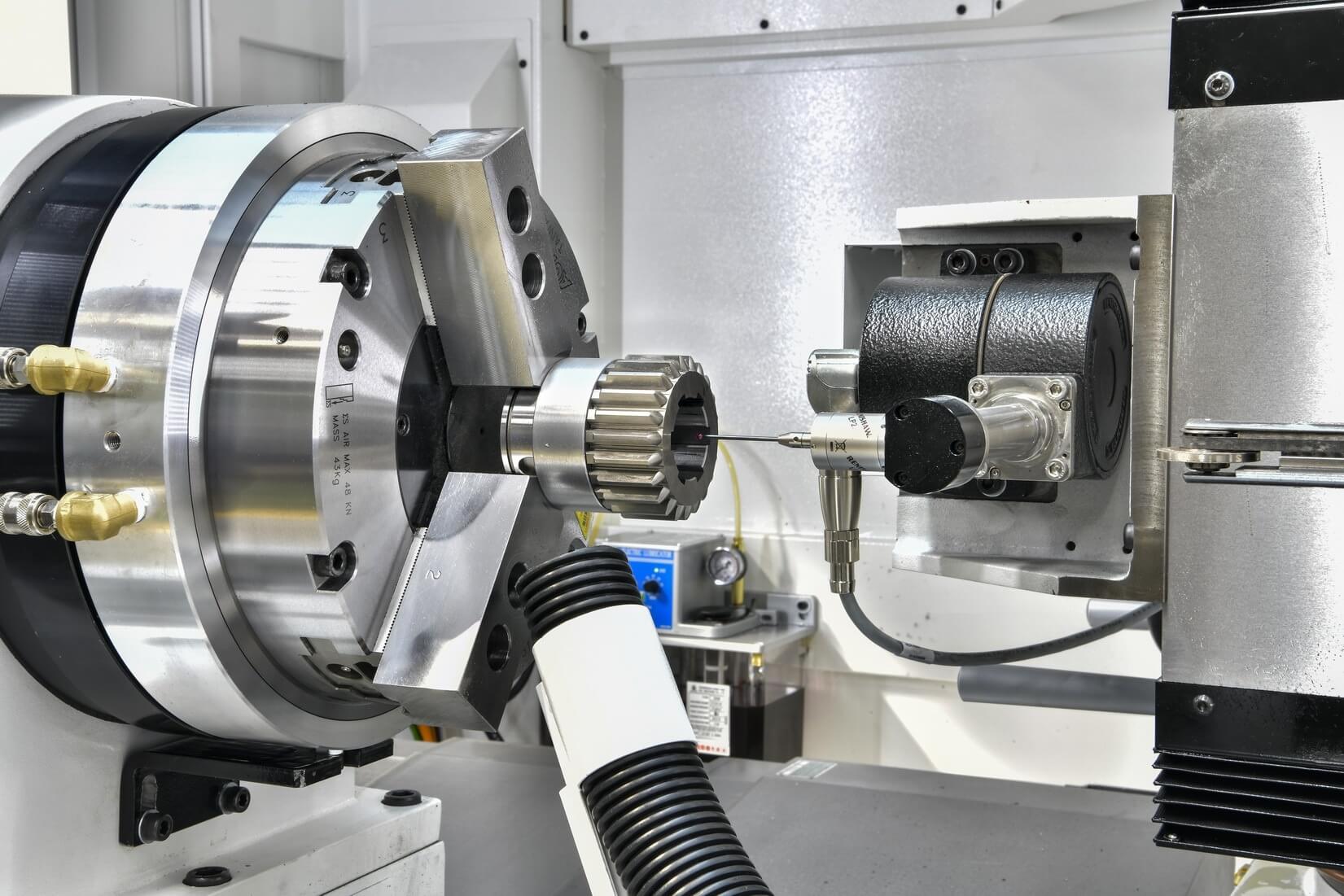

- CBN(Diamond) grinding wheel and High-accuracy spline
- CBN grinding wheel with quick-change arbors fit different size splines
- Renishaw probe is appled to positionworkpiece automatically.
- Internal grinding spindle (S2) is availabe to finish grinding chuck jaws.
- DD motor of C-axis with zero backlash.
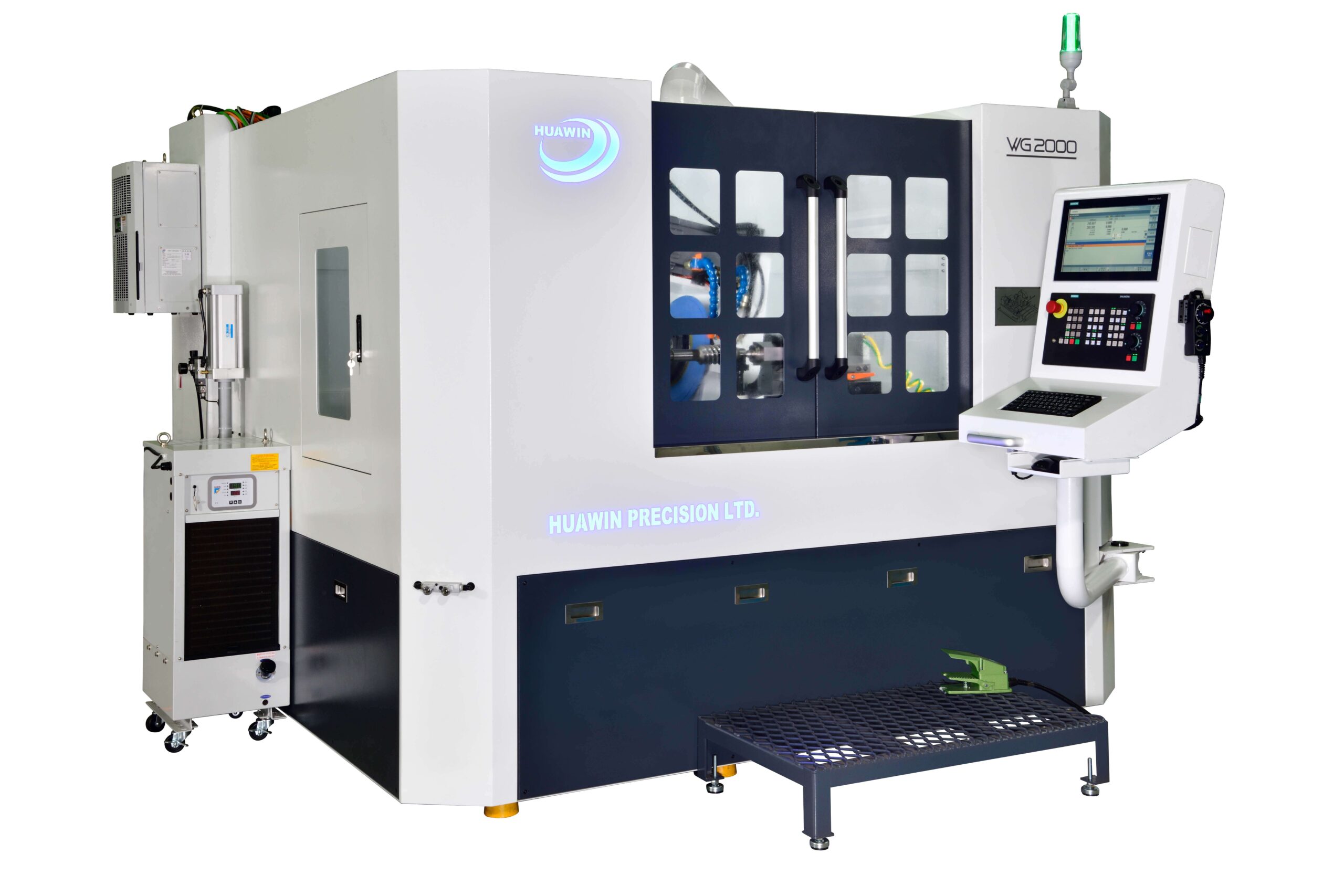
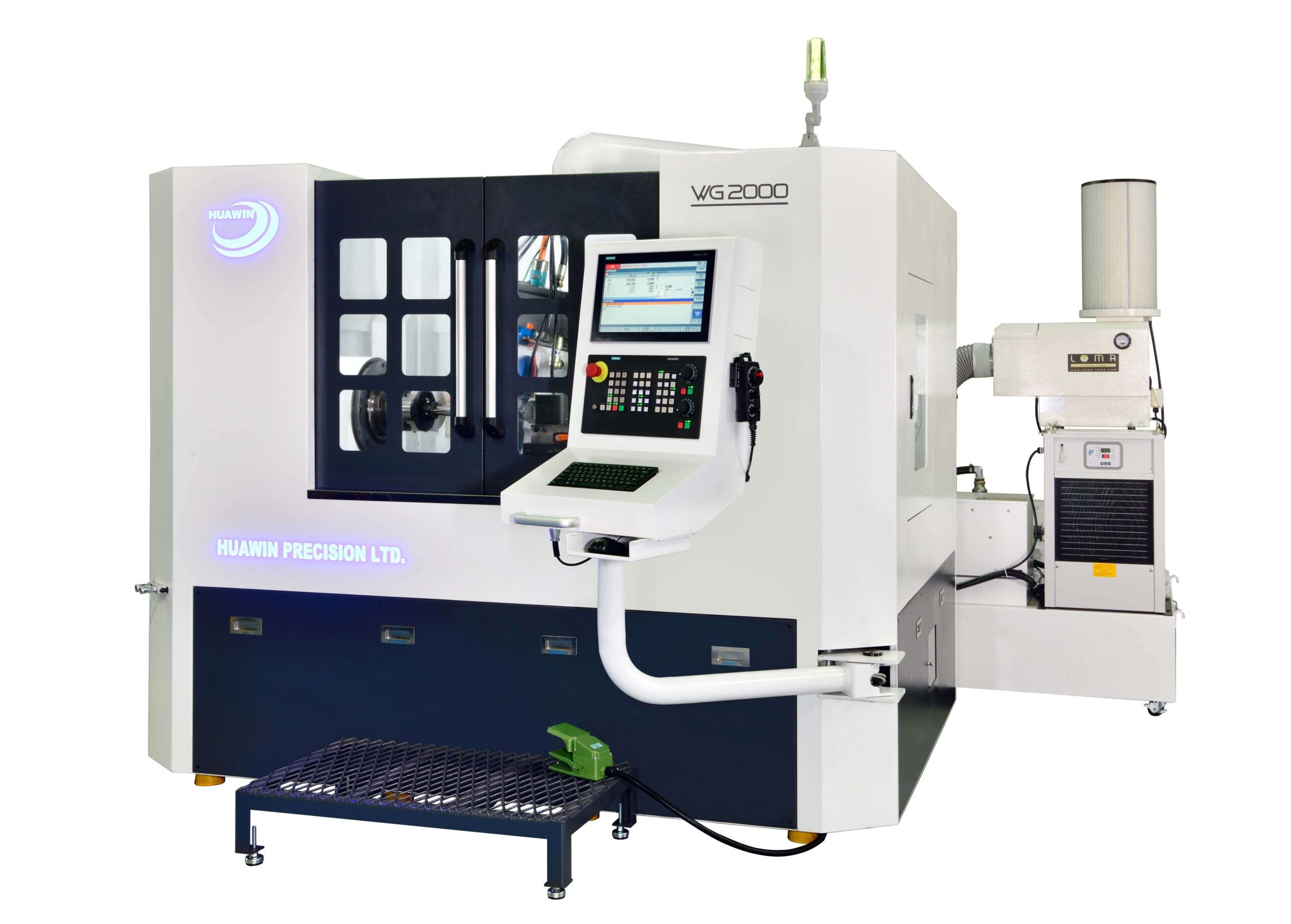
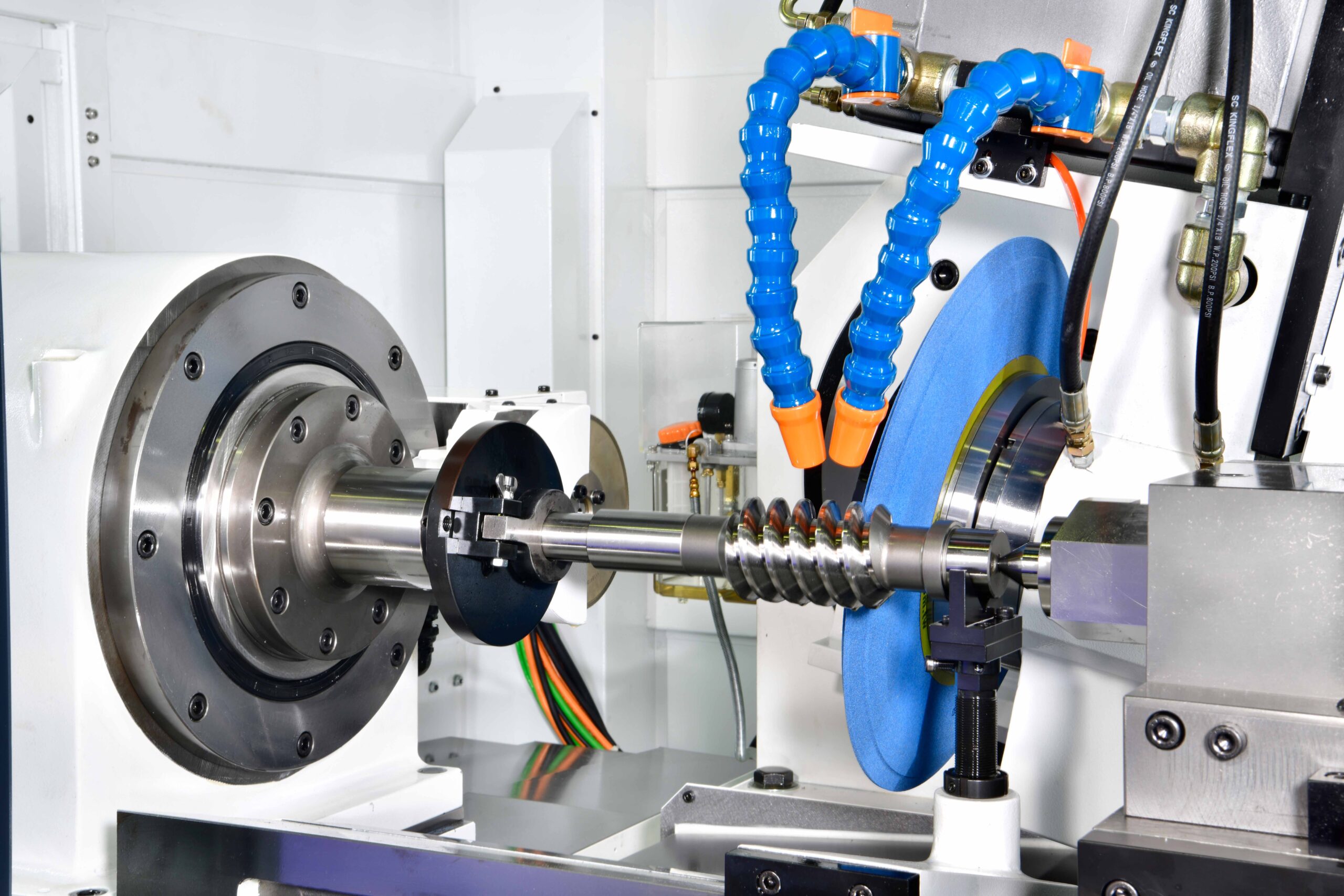
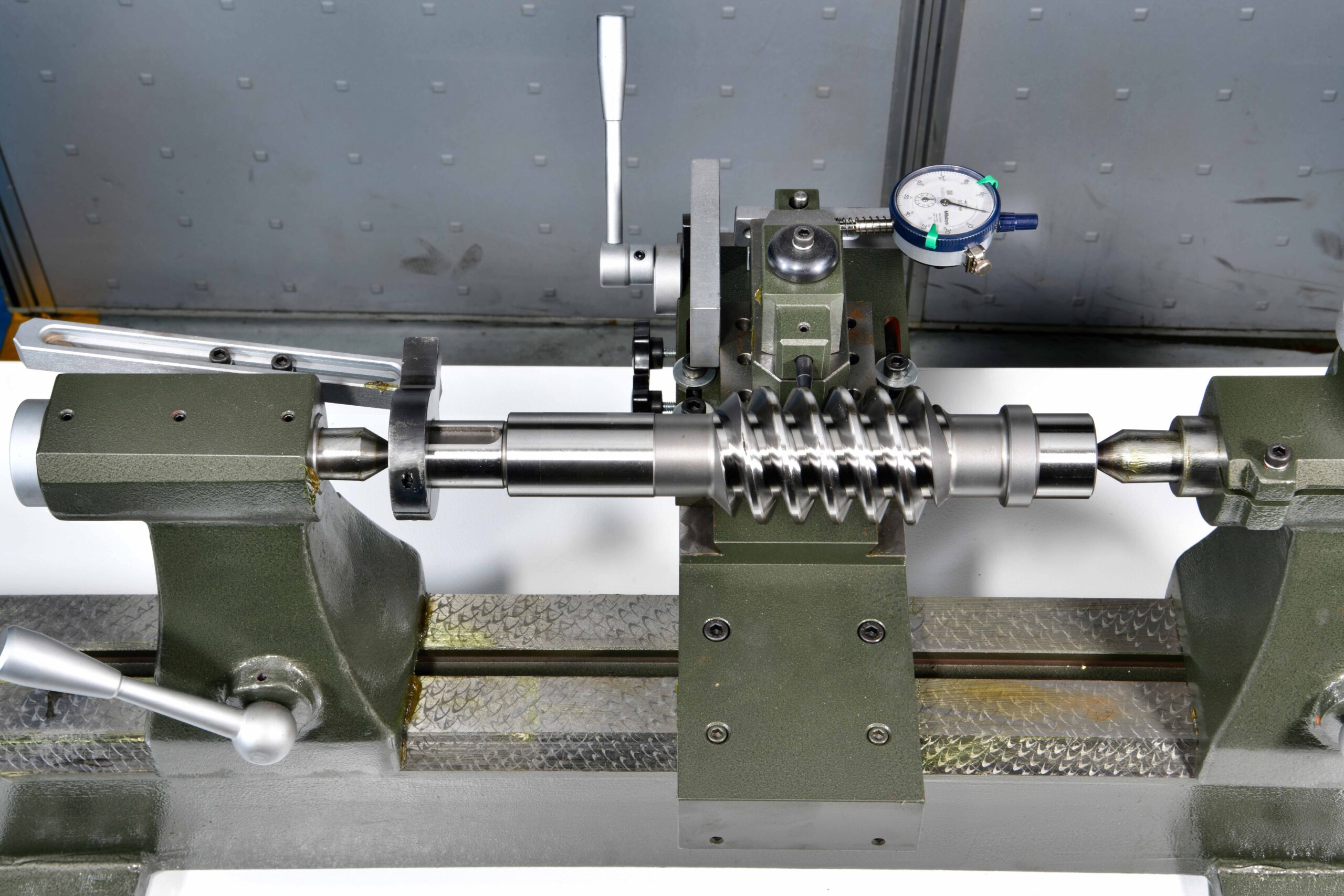
- DD motor of C-axis with zero-bach lash.
- High position accuracy by two-axis linear motors.

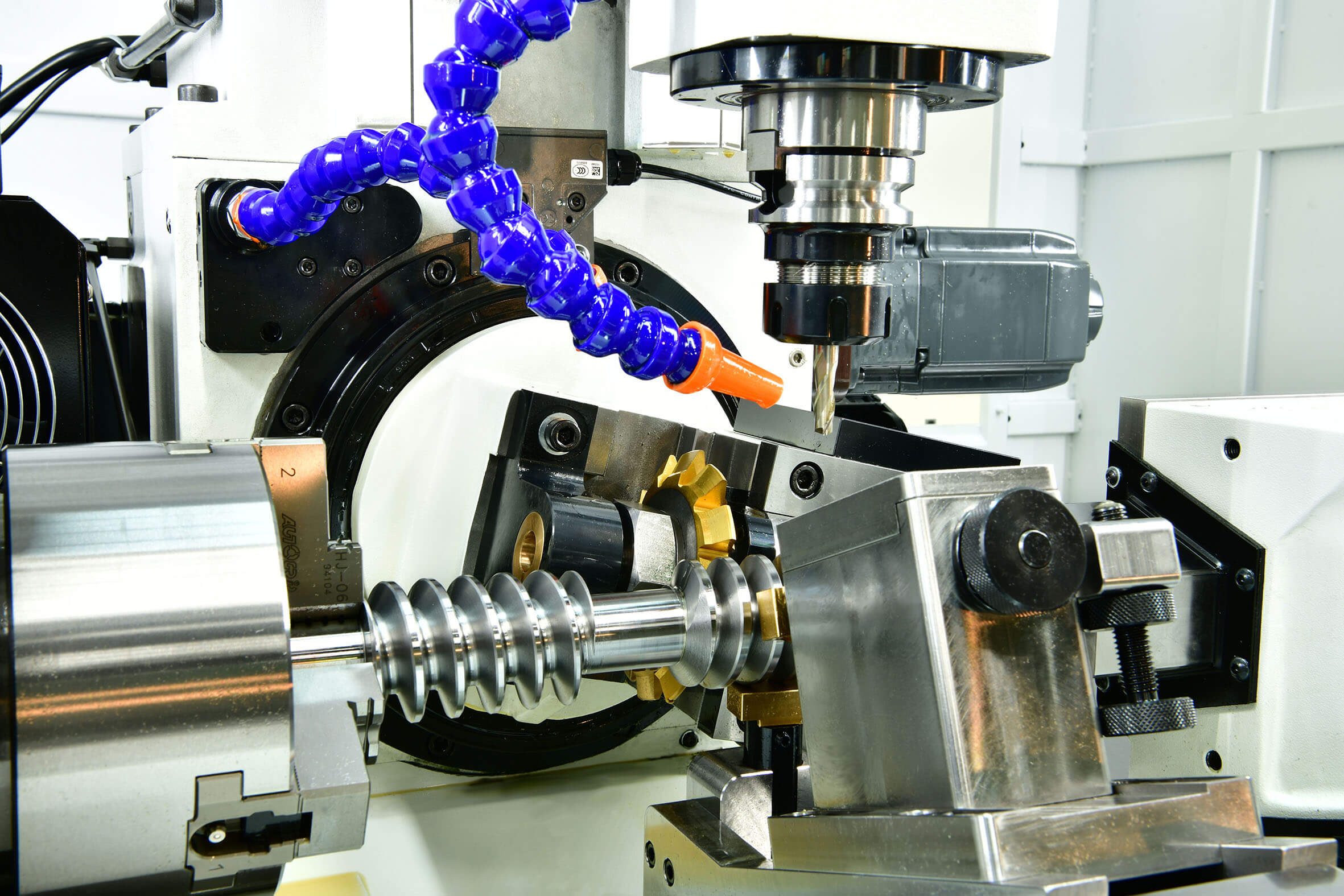

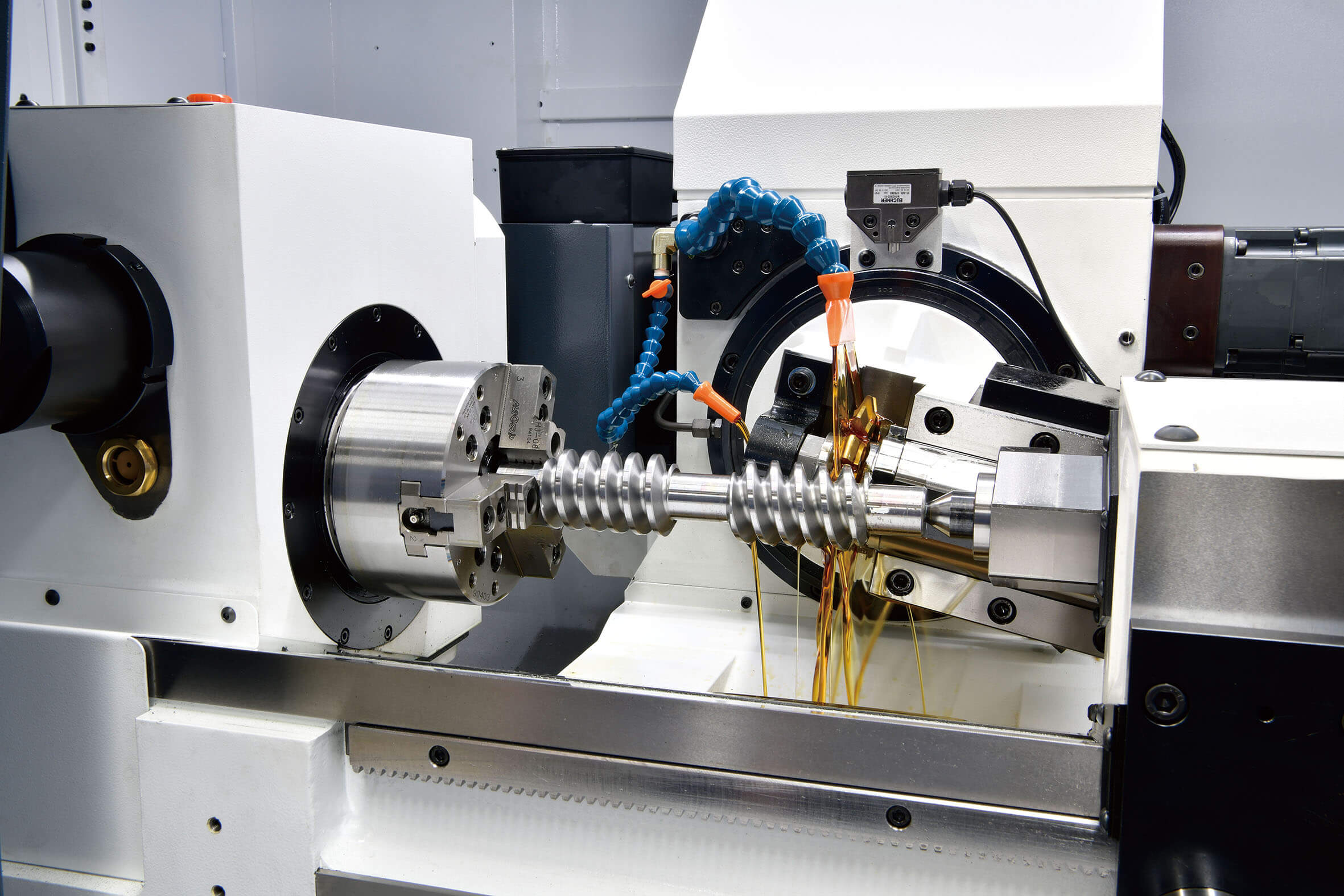
- Milling teeth, chamfering, keyway and double lead processing are completed at one time.
- A full-cover machine and cutting fluid backflow system facilitates.
- daily maintenance and meet worming processing requirement.
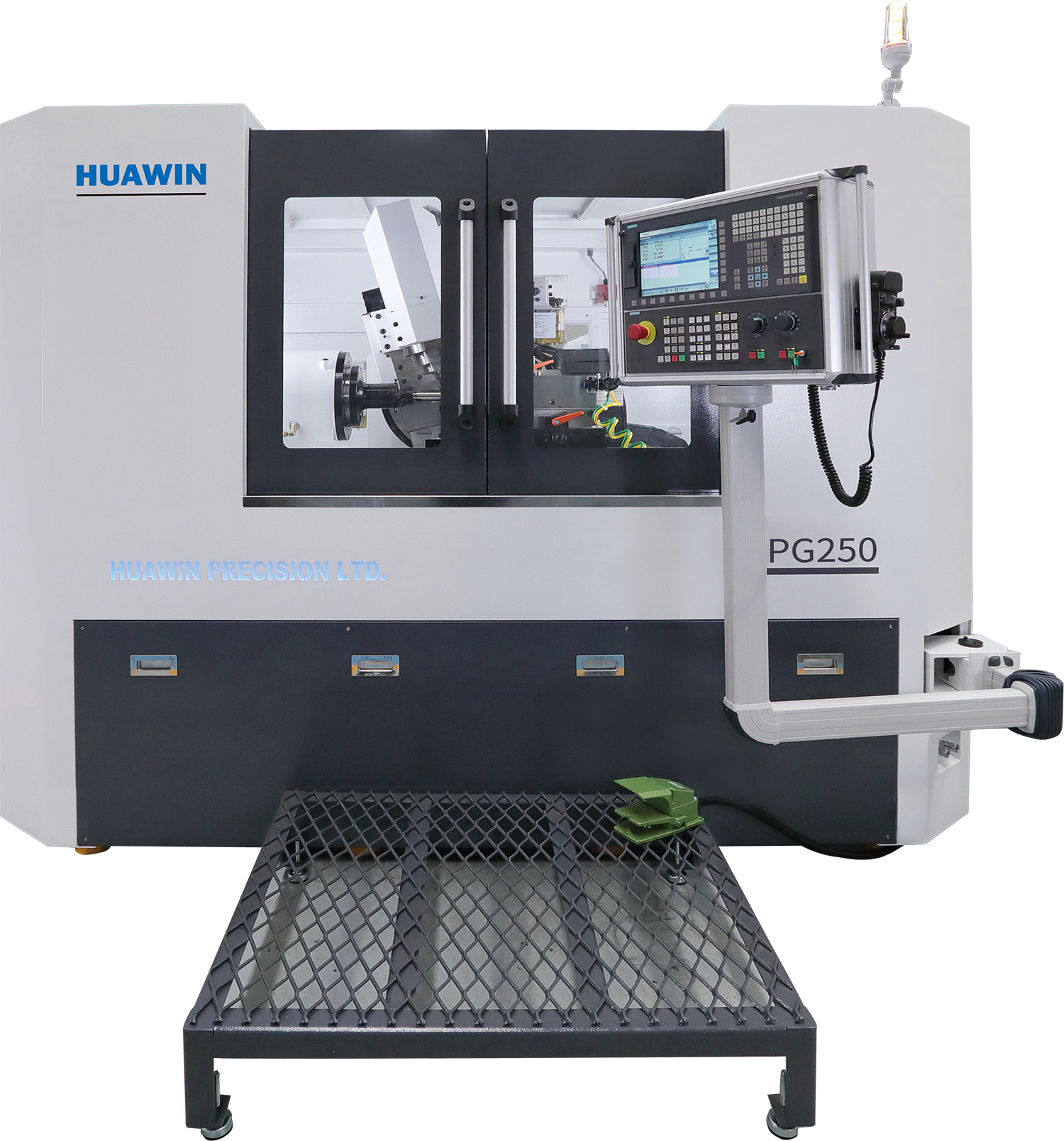
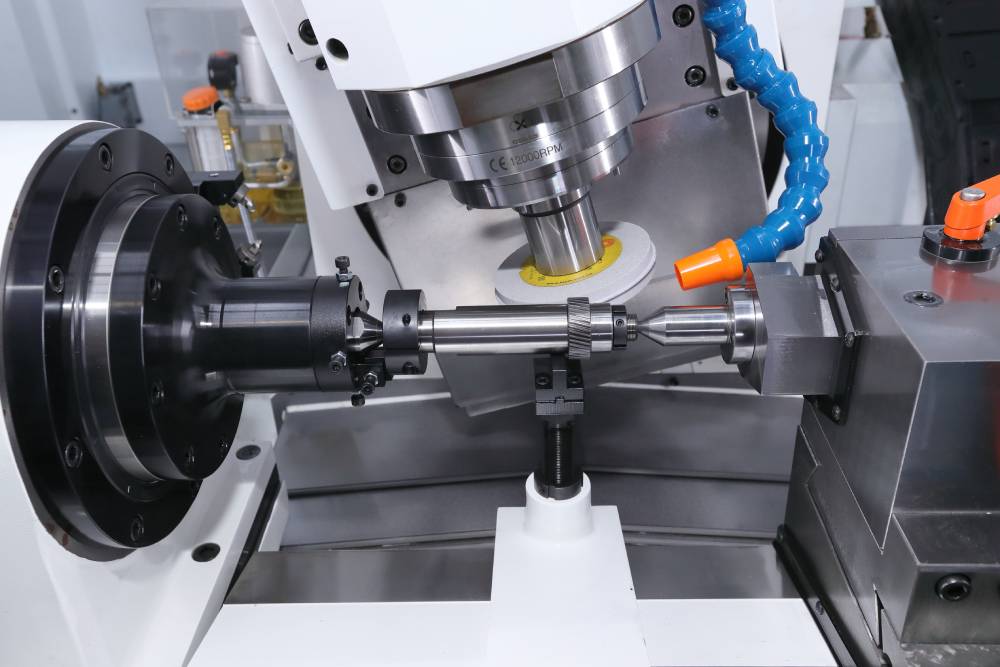
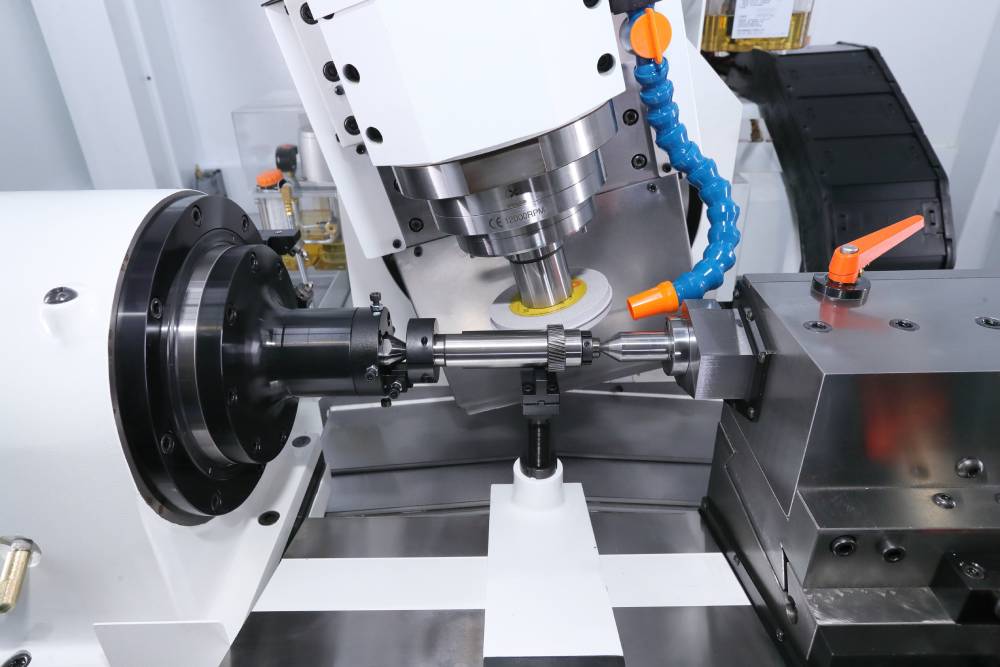
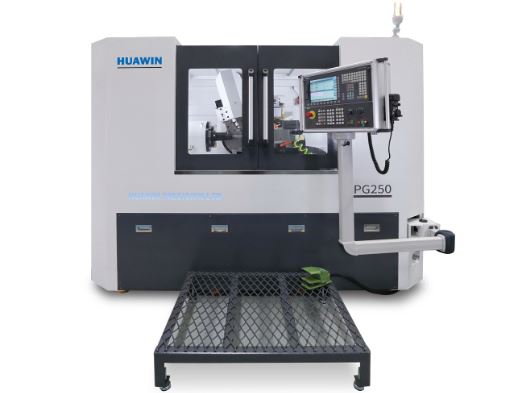
- Precision profile using rotary dresser.
- Highly rigid box-type bed.
- Equipped with HMI for increasing operational efficiently.
- Linear motor X & Z-axis with zero-backlash.
- DD motor of C-axis with zero-backlash.
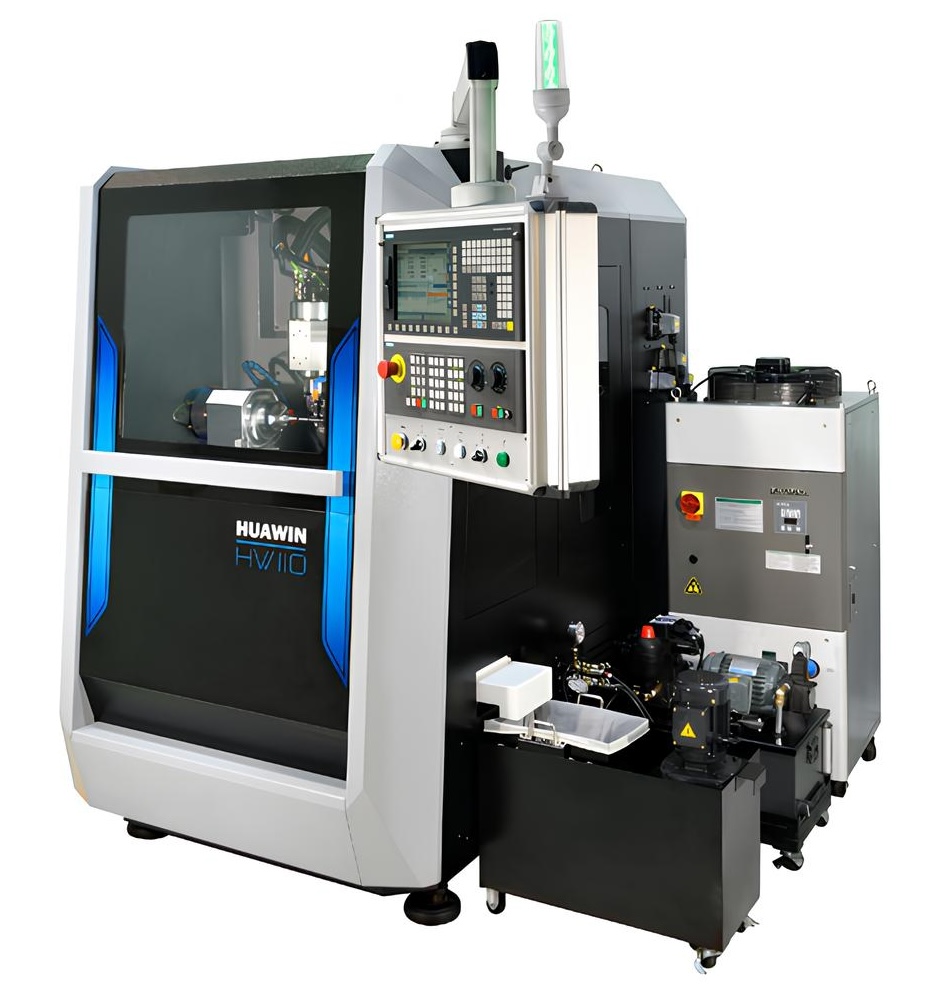
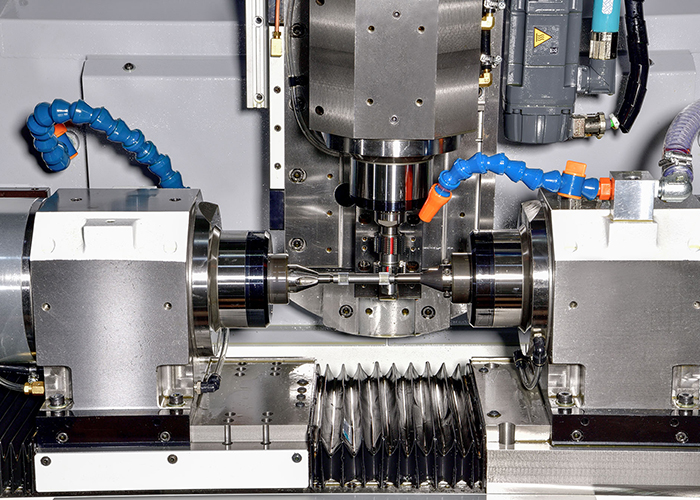
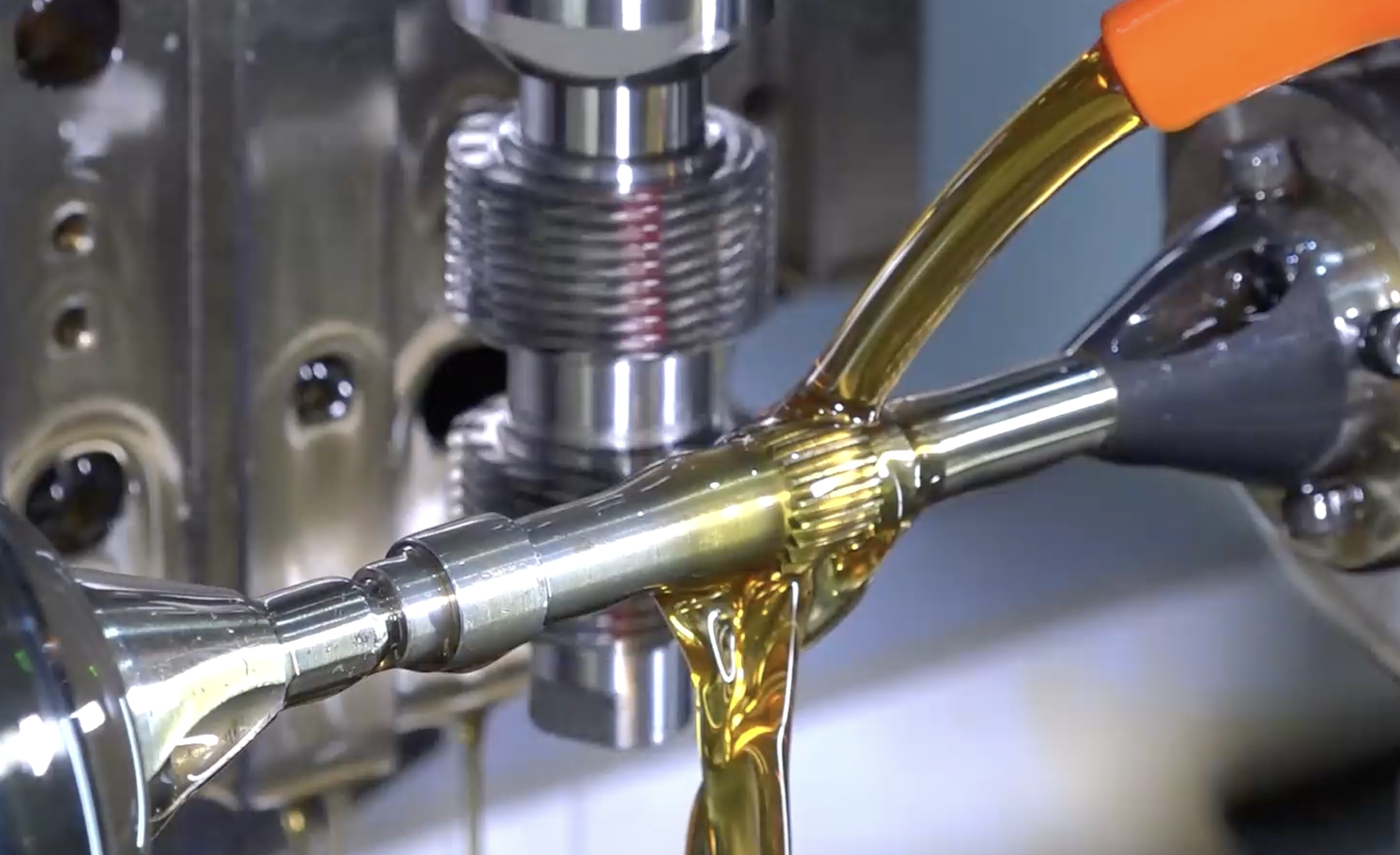

■ Conversational input interface, easy to operate.
■ 8-axis full CNC design, high processing efficiency.
■ Dual hob structure, capable of completely removing residual burrs after gear hobbing.
■ Optional automatic feeding mechanism, enabling unmanned production.
■ Capable of processing: spur gears, helical gears.
Dear Customer,
If you have any questions about our products, please leave your message. We will contact you as soon as possible.
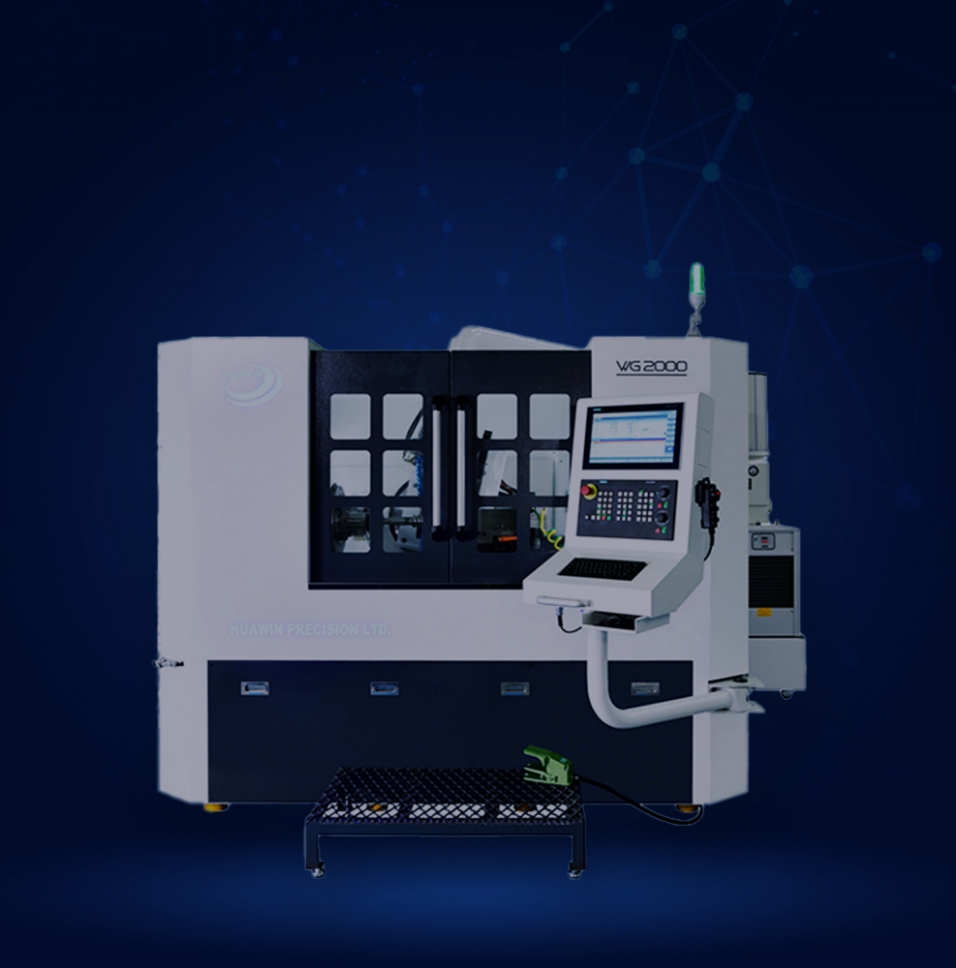
DD motor of C-axis with zero-bach lash.
High position accuracy by two-axis linear motors.
Max. Workpiece outside diameter Φ 200 mm
Max.load(workpiece with fixture) 80 Kg
X-axis (Linear motor) 260 mm
Z-axis (Linear motor) 800 mm
A-axis (Linear motor) ±45°

Precision profile using rotary dresser.
Highly rigid box-type bed.
Equipped with HMI for increasing operational efficiently.
Linear motor X & Z-axis with zero-backlash.
DD motor of C-axis with zero-backlash.
Min. Gear major diameter Φ 20 mm
Max. Gear outer diameter 160 mm
X-axis 170 mm
Y-axis 60 mm
Z-axis 450 mm
Grinding is used to finish workpieces that must show high surface quality and high accuracy of shape and dimension. It has some roughing applications in which grinding removes high volumes of metal very rapidly.
Gear grinding is one of the ways in which a gear being produced is finished. Gear grinding is used to remove surface materials on a gear blank through abrasion. Abrasion is conducted through rubbing of a rough surface against a piece of metal at high speeds to scrape away the material that is not needed in the gear.
The motor used in your standard grinder is a universal electric motor, which works on both DC and AC current. The motor is wound with copper wire to produce an magnetic effect on the rotor. The rotor in turn revolves at a high speed.


